This article was medically reviewed by Erik Kramer, DO, MPH. Dr. Erik Kramer is a Board-Certified Primary Care Physician at the University of Colorado. With over 15 years of experience, his clinical interests include obesity and weight management, diabetes care, and preventive care, as well as embracing a holistic approach to primary care. He received his Doctorate in Osteopathic Medicine (D.O.) from the Touro University Nevada College of Osteopathic Medicine and completed his residency at Central Maine Medical Center. Dr. Kramer is a Diplomate of the American Board of Obesity Medicine.
There are 9 references cited in this article, which can be found at the bottom of the page.
This article has been viewed 30,522 times.
An exposed tooth root, also known as gum recession, is a condition where your gums recede to the point that the roots of one or more teeth are visible. If you have an exposed root, see your dentist as soon as possible for corrective work. In the meantime, there are several steps you can take to care for the tooth. Brush your teeth with a soft-bristled brush, light pressure, and desensitizing toothpaste to help with the pain. Avoid acidic or sticky foods and refrain from grinding your teeth. Once you see the dentist, there are a number of surgical and non-surgical procedures they may try to fix the problem.
Steps
Brushing Properly
-
1Use desensitizing toothpaste twice a day. Regular brushing won’t replace the lost gum tissue, but improving your oral hygiene can prevent further damage until your dentist can properly treat your exposed tooth roots. If you have an exposed tooth root, brushing and eating may be painful. Desensitizing toothpastes help numb the pain from exposed roots to improve your quality of life. After a few days of using this toothpaste, the pain should be greatly reduced.[1]
- Make sure any toothpaste you use is infused with fluoride to strengthen your teeth.
- Don’t brush your teeth more than 3 times per day, however. Brushing too often can push your gums back further and expose more of the tooth root.
- There are several types of desensitizing toothpaste available, like Sensodyne, which is a well-known brand. Look for the ADA seal on any product you use so you know it’s American Dental Association-approved.
-
2Use a soft-bristled toothbrush to prevent gum abrasion. A hard-bristled toothbrush is very rough on your gums and teeth. This is not only painful if you have an exposed root, but can also physically push your gums back and make the problem worse. Use only a soft-bristled brush to protect your gums from receding.[2]
- If your gums are receding only because you were using a hard brush, then switching to a soft one may allow them to extend back down again.
- Consult your dentist if you aren’t sure which toothbrush is best for you.
Advertisement -
3Press down with mild pressure when you brush. Applying too much pressure when you brush is another reason for receding roots. You don’t need to press down hard to clean your teeth. Use light pressure and work in a circular motion across each tooth.[3]
- Brush especially lightly over exposed root areas. This will avoid pushing the gums back further and causing pain.
- If you occasionally notice blood when you spit after brushing, then you’re probably brushing too hard.
Tip: Ask your dentist to demonstrate the correct brushing technique if you aren’t sure how to do it.
Having Dental Procedures
-
1Clean your teeth with scaling and root planing. If your gum recession is due to poor oral hygiene, then the dentist’s first step may be a thorough cleaning called scaling and planing. The dentist uses tools to remove all the plaque and buildup under your gum line. Once this is removed, the gum can reattach to the tooth. This may be enough for your gums to cover the exposed root again.[4]
- Your gums will be sore for a few days after this treatment. Eat soft foods and drink cool beverages to help with the pain.
- You also have to practice good oral hygiene at home for this treatment to be successful. It won’t work on its own.
-
2Have your dentist apply bonding resin to the root. For more advanced gum recession, the dentist can cover the exposed root with a clear resin. This resin protects the root from damage and helps with the pain. First, the dentist will numb the area with an analgesic. They will then spread the resin over the root and leave it to bond.[5]
- Listen to your dentist’s instructions on caring for the resin after the procedure. It may need time to harden completely, so brush gently around the area for a few days.
- A bonding resin may not be effective if the gum recession is too advanced. In that case, your dentist may recommend a gum graft instead.
-
3Receive a gum graft to cover the exposed root. For advanced gum recession, the dentist will do a gum graft to cover the exposed root. This is a procedure where the dentist takes a piece of gum from the roof of your mouth and stitches it over the exposed root. The new piece of gum fuses with the old gum and heals over the root. While this sounds scary, the procedure is common and should fix the exposed root permanently if you practice good oral hygiene afterward.[6]
- The dentist will apply a numbing analgesic, but may give you a sedative. Have someone else bring you to the appointment in case you can’t drive afterward.
- Follow all of your dentist’s instructions for aftercare while you heal. You will probably have to eat soft foods for a few days and brush gently to avoid opening the wound.
Tip: Remember to practice good oral hygiene afterward to prevent your gums from receding again.
-
4Ask your dentist about a prescription fluoride to strengthen your teeth. Fluoride gels administered with a tray may help to strengthen your teeth and prevent further decay. Your dentist can give you a fluoride treatment in their office, or send you home with a prescription for a fluoride treatment.[7]
- Fluoride is also available as an oral medication.
Making Lifestyle Changes
-
1Limit your intake of acidic, sugary, and sticky foods to prevent inflammation. Some foods are very acidic and gradually eat away at your enamel and gums. These include sugary drinks, snacks, and fruit juices. Sticky foods are especially harmful. Gummy candies get stuck in your teeth and eat away at the enamel. Limit your consumption of foods like these to prevent further gum recession.[8]
- If you do eat junk food, go for options that don’t stick to your teeth. Chocolate washes out of your mouth much faster than gummy worms, for instance.[9]
Tip: Some acidic foods are actually very healthy, like citrus fruits. Don’t cut them out entirely. If you do eat acidic or sugary foods, drink water right after to balance your mouth’s pH.[10]
-
2Quit smoking, or don't start at all if you don't, to reduce your risk of receding gums. People who smoke are at a greater risk for receding gums and exposed roots. If you’ve experienced gum recession or want to avoid it, quitting smoking is a good step to take. This can be difficult, but it is worth it for the health benefits. If you don’t smoke, then don’t start.[11]
- Since nicotine is a drug, you may experience some minor withdrawal symptoms like headaches, cravings, and irritability. Nicotine patches and gum are helpful to wean you off smoking and reduce withdrawal symptoms.
- Another method for quitting is gradually reducing your smoking until you stop completely. Try to cut back by 1 cigarette every 2 days, for example. This may be easier for you than going cold turkey.
- Smoking has numerous other health risks, so quitting will have many other benefits for your overall health.
-
3Work to stop grinding your teeth if you have that habit. Grinding your teeth is another cause of gum recession because grinding pushes the gums back over time. If you have a habit of tooth grinding, do your best to cut back. Try to notice throughout the day if you start grinding and remind yourself to stop. Make sure your teeth don’t touch when you’re not chewing.[12]
- If you grind your teeth in your sleep, then you may not be able to consciously stop it. Talk to your dentist about getting a bite guard to protect your teeth at night.
- Grinding is often a reaction to stress. Try taking steps to reduce your stress to see if it helps your grinding.
-
4See your dentist for a regular checkup every 6 months. Regular dental checkups are a very important part of your oral health. Catching gum recession early is the best way to stop it from getting worse, and the dentist can find any problems at your regular checkups. Keep your annual checkup schedule so your mouth stays in good shape.[13]
- Even if you don’t like going to the dentist, going regularly is better in the long run. Major dental work from a neglected problem is much more unpleasant than an occasional checkup.
Warnings
- Remember that if you have an exposed root, make an appointment to see your dentist right away.⧼thumbs_response⧽
References
- ↑ https://my.clevelandclinic.org/health/symptoms/10954-teeth-sensitivity/care-and-treatment
- ↑ https://www.cda.org/Portals/0/pdfs/fact_sheets/receding_gums_english.pdf
- ↑ https://www.mouthhealthy.org/en/az-topics/b/brushing-your-teeth
- ↑ https://www.mouthhealthy.org/en/az-topics/s/scaling-and-root-planing
- ↑ https://www.mayoclinic.org/healthy-lifestyle/adult-health/expert-answers/sensitive-teeth/faq-20057854
- ↑ https://www.cda.org/Portals/0/pdfs/fact_sheets/receding_gums_english.pdf
- ↑ https://www.ada.org/en/member-center/oral-health-topics/fluoride-topical-and-systemic-supplements
- ↑ https://my.clevelandclinic.org/health/symptoms/10954-teeth-sensitivity/care-and-treatment
- ↑ https://www.urmc.rochester.edu/encyclopedia/content.aspx?ContentTypeID=1&ContentID=4062
- ↑ https://www.mayoclinic.org/healthy-lifestyle/adult-health/expert-answers/sensitive-teeth/faq-20057854
- ↑ https://www.cdc.gov/tobacco/campaign/tips/diseases/periodontal-gum-disease.html
- ↑ https://www.pittsburghdentalimplants.com/blog/teeth-grinding-and-receding-gums/
- ↑ https://my.clevelandclinic.org/health/symptoms/10954-teeth-sensitivity/care-and-treatment
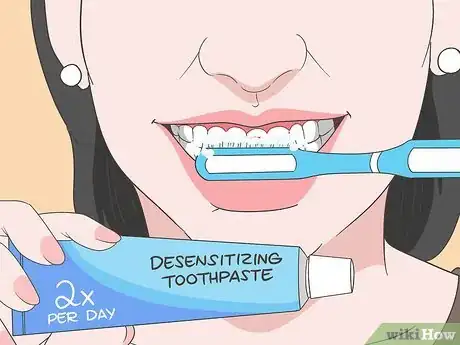
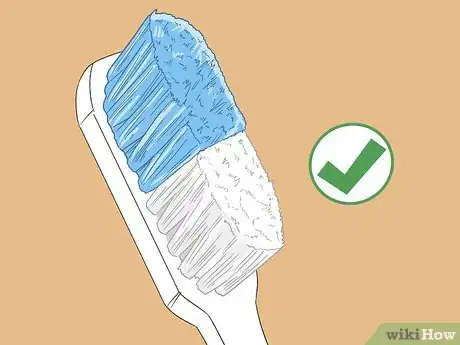
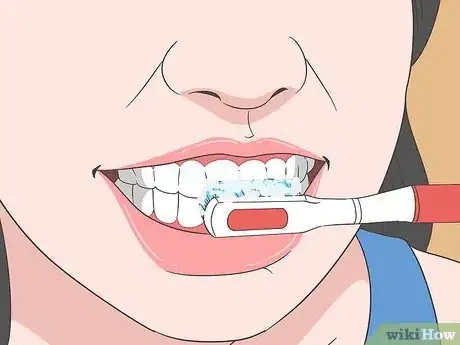

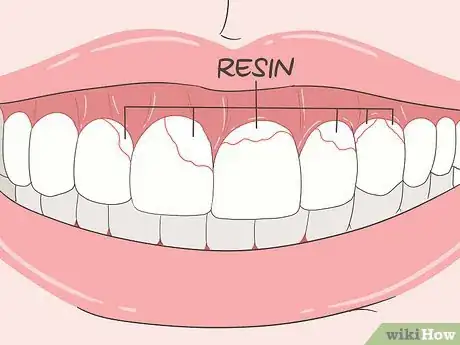
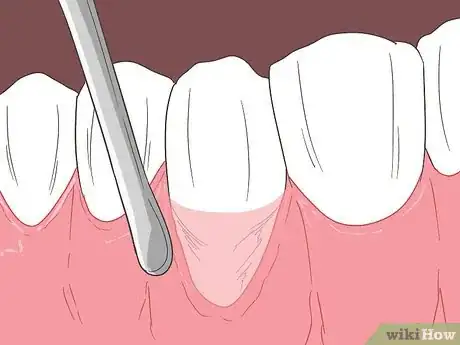
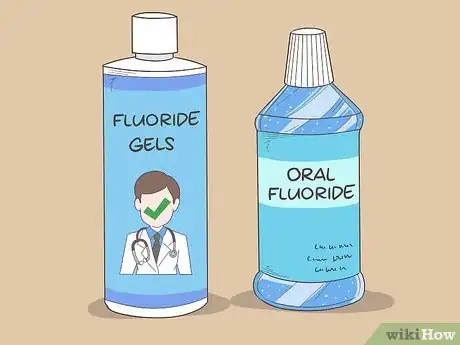
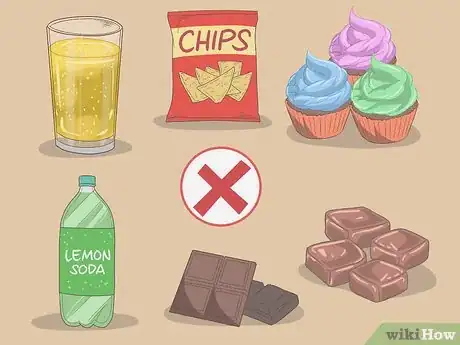
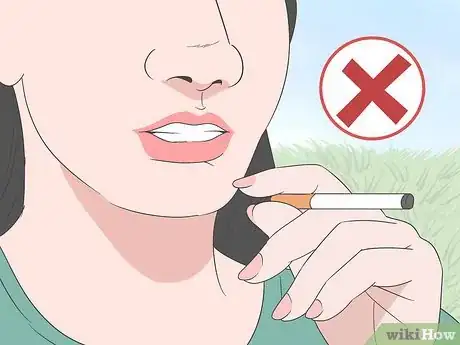

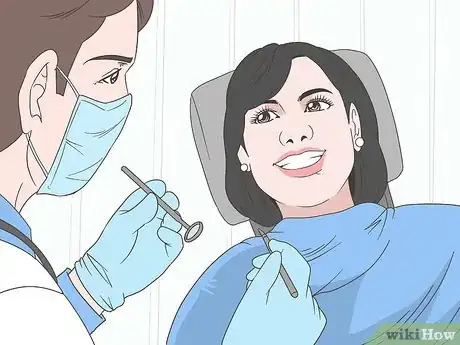
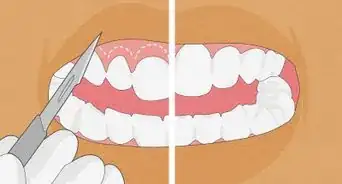

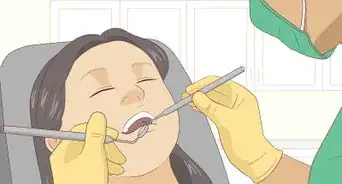
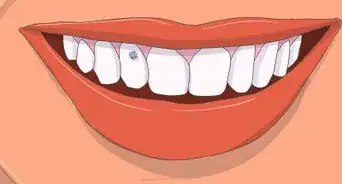

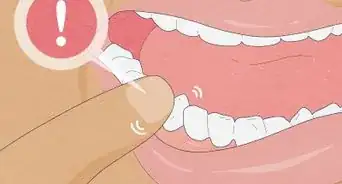
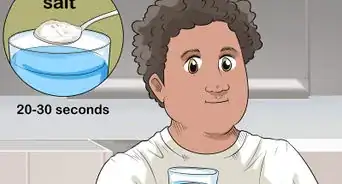

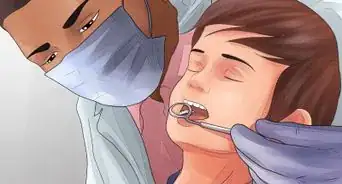



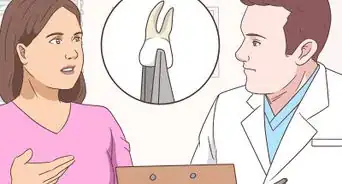








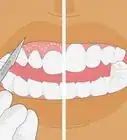
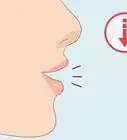
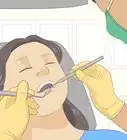




































Medical Disclaimer
The content of this article is not intended to be a substitute for professional medical advice, examination, diagnosis, or treatment. You should always contact your doctor or other qualified healthcare professional before starting, changing, or stopping any kind of health treatment.
Read More...